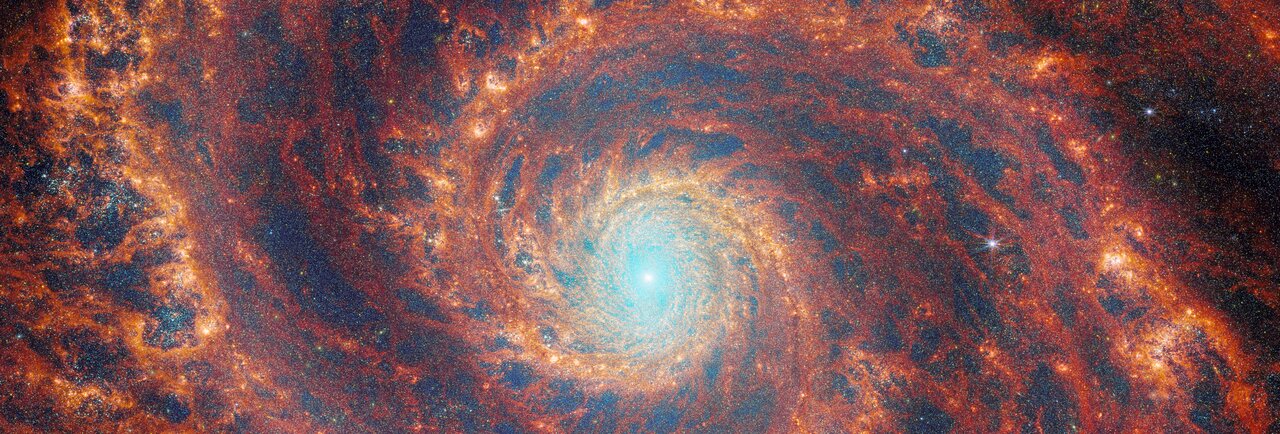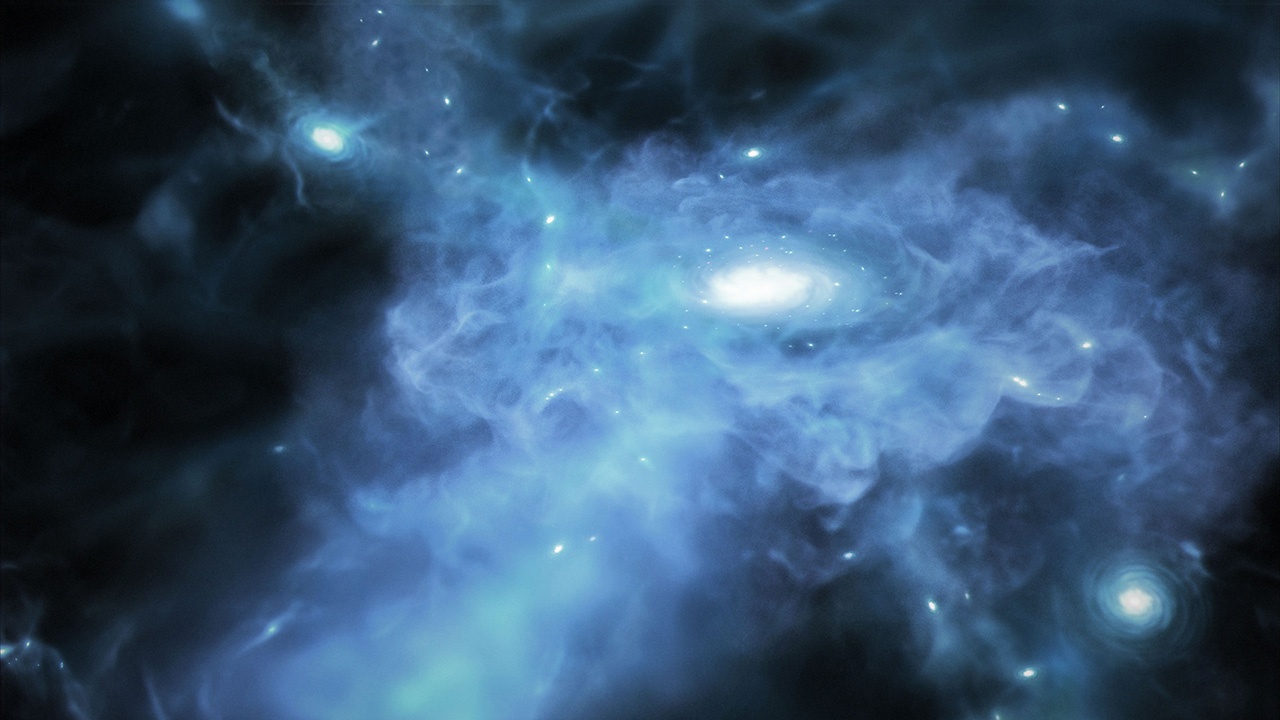Some galaxies experience rapid star formation hundreds or even thousands of times greater than the Milky Way. Astronomers think that mergers are behind these special galaxies, which were more abundant in the earlier Universe. But new results suggest no mergers are needed.
Continue reading “No Merger Needed: A Rotating Ring of Gas Creates A Hyperluminous Galaxy”No Merger Needed: A Rotating Ring of Gas Creates A Hyperluminous Galaxy










